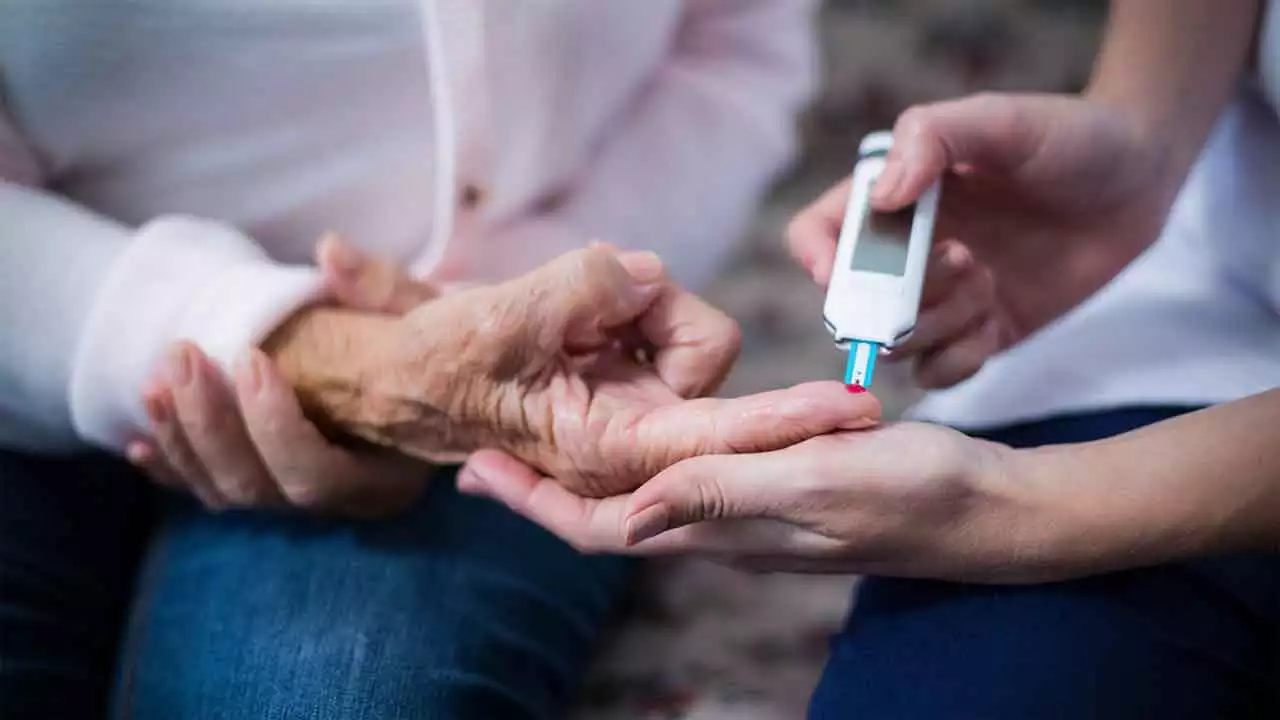Recent research has highlighted a concerning link between type 2 diabetes and bone health, particularly in elderly women. While it is commonly known that diabetes can lead to various complications, the impact of the disease on bone density and structure is less well understood. This emerging evidence suggests that while bone density may be higher in older women with type 2 diabetes, the structural integrity of these bones is compromised, increasing the risk of fractures. This article delves into the findings of recent studies, exploring the complex relationship between diabetes, bone health, and physical function in elderly women.
The Paradox of Bone Density and Weakness in Diabetes
At first glance, the notion that elderly women with type 2 diabetes might have higher bone density seems counterintuitive. Higher bone density is typically associated with stronger bones and a lower risk of fractures. However, in the case of diabetic patients, this higher density does not equate to healthier bones. Instead, the bone structure becomes more fragile and prone to breaking despite the apparent density.
Experts attribute this paradox to several factors related to the overall poor physical health often observed in individuals with diabetes. The chronic nature of the disease can lead to a range of complications, including impaired bone remodeling, changes in bone quality, and reduced physical function, all of which contribute to an increased risk of fractures.
Research Findings on Elderly Women with Type 2 Diabetes
A recent study focusing on women aged 75-80 with type 2 diabetes provides critical insights into how the disease affects bone health and physical function. The research, conducted by a group of scientists, compared the physical abilities and bone characteristics of elderly women with and without diabetes. The findings revealed that women with diabetes exhibited poorer physical function and a higher risk of fractures, despite their increased bone density.
One of the key factors contributing to this increased fracture risk is the compromised bone structure observed in diabetic patients. Diabetes can negatively affect bone metabolism, leading to changes in bone quality that are not captured by standard bone density measurements. For instance, diabetes may alter the microarchitecture of bones, making them more brittle and susceptible to fractures, particularly in weight-bearing areas such as the hips and spine.
Challenges in Understanding the Diabetes-Bone Health Connection
Previous studies have struggled to fully understand the connection between diabetes and bone health due to the complexity of the factors involved. Bone health is influenced by a myriad of variables, including hormonal changes, nutritional status, physical activity, and the presence of chronic conditions like diabetes. Additionally, traditional methods of assessing bone health, such as dual-energy X-ray absorptiometry (DXA), primarily measure bone density but do not provide detailed information about bone quality or structure.
The recent research stands out because it provides comprehensive and detailed data on both bone characteristics and physical function. By taking a more holistic approach, the researchers were able to identify specific factors associated with an increased risk of fractures in diabetic women. These factors include not only the structural weaknesses in bones but also the overall decline in physical function that is often observed in elderly diabetic patients.
The Importance of Physical Function in Fracture Risk
The decline in physical function observed in elderly women with diabetes is a critical factor in their increased fracture risk. Diabetes can lead to complications such as neuropathy, which affects balance and coordination, making falls more likely. Additionally, the reduced muscle strength and endurance that often accompany diabetes can further exacerbate the risk of falls and subsequent fractures.
The study’s findings underscore the importance of maintaining physical function and mobility in elderly diabetic patients. Interventions aimed at improving strength, balance, and overall physical health may help reduce the risk of fractures in this vulnerable population. This could include regular exercise, physical therapy, and targeted treatments to manage diabetes-related complications.
The relationship between type 2 diabetes and bone health in elderly women is complex and multifaceted. While higher bone density in diabetic patients may seem like a protective factor, the reality is that the structural integrity of these bones is often compromised, leading to an increased risk of fractures. This paradox highlights the need for a more nuanced understanding of bone health in diabetic patients and the importance of addressing both bone quality and physical function to reduce fracture risk.
As the population ages and the prevalence of diabetes continues to rise, further research is needed to develop effective strategies for protecting bone health and improving the quality of life for elderly diabetic patients. By taking a comprehensive approach that considers both the physical and metabolic aspects of diabetes, healthcare providers can better manage the unique challenges faced by this population.



